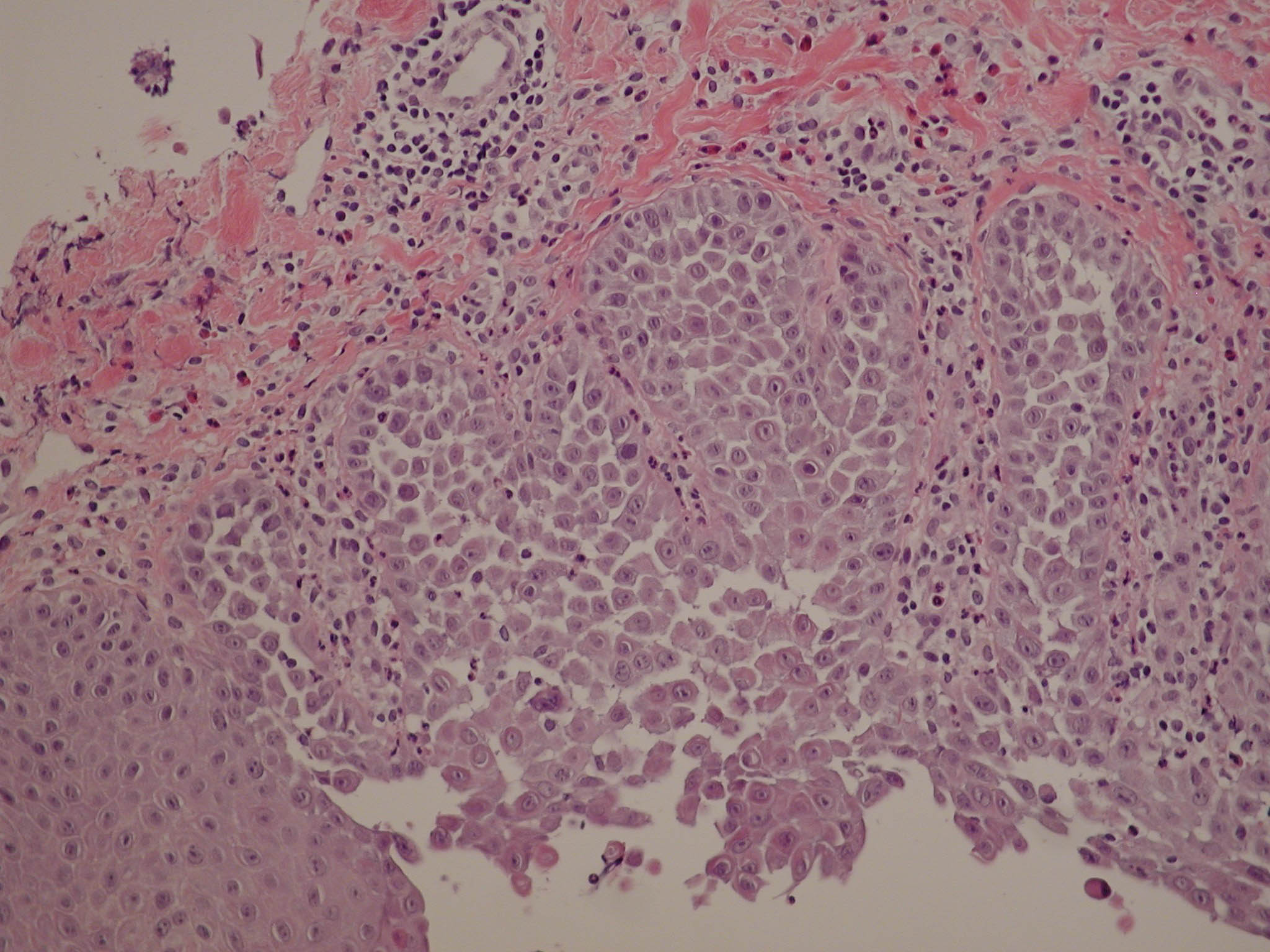J Invest Dermatol. 2007 Aug;127(8):1973-9. Epub 2007 Mar 29.
Source
Department of Dermatology, University of California, San Francisco, California, USA.
Abstract
Hailey-Hailey disease (HHD) (MIM 16960) is an autosomal-dominant blistering skin disease caused by a mutation in the Ca2+-ATPase ATP2C1 (protein SPCA1), responsible for controlling Ca2+ concentrations in the cytoplasm and Golgi in human keratinocytes. Cytosolic Ca2+ concentrations, in turn, play a major role in the regulation of keratinocyte differentiation. To study how ATP2C1 function impacts keratinocyte differentiation, we assessed involucrin expression in HHD keratinocytes. Involucrin is a protein that makes up the cornified envelope of keratinocytes and is expressed in response to increased intracellular Ca2+ concentrations. Even though HHD keratinocytes suffer from abnormally high cytosolic Ca2+, we found that these cells expressed lower involucrin protein levels at both low and high extracellular Ca2+ concentrations when compared with normal control keratinocytes. Decreased involucrin protein levels were caused by lower involucrin mRNA levels in HHD keratinocytes. Decreased involucrin mRNA, in turn, was caused by increased rates of involucrin mRNA degradation. Ca2+-sensitive involucrin AP-1 promotor activity was increased, both in HHD keratinocytes and in an small interfering RNA (siRNA) experimental model, suggesting compensatory promoter upregulation in the face of increased mRNA degradation. This report provides new insights into differentiation defects in HHD and its relationship to Ca2+ signaling.
